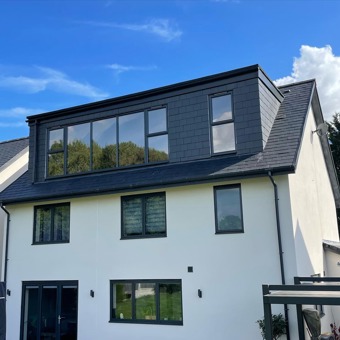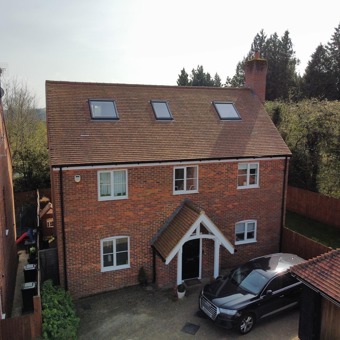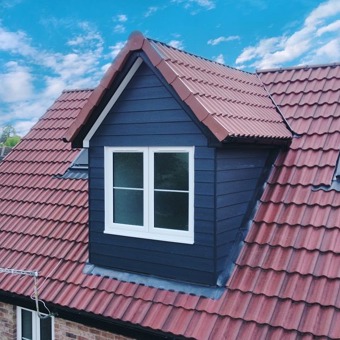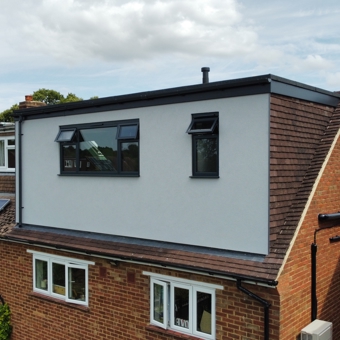The Design Process
Thinking about where to start when getting your loft converted can be stressful and confusing, which is why we handle everything for you. From the planning stage, up until completion our team will assist, advise and answer any questions you might have.
Our architects and structural engineers will work closely with you to help achieve the best possible design for you and your property. If you already have plans in place, we would be more than happy to use them.
Most loft conversions can be carried out using Permitted Development, which means that you may not need full planning permission for your loft conversion, subject to a few basic guidelines. Our team will be there to guide you throughout the process and advise you on any necessary permission you may need to acquire.
Consult
Upon receiving your enquiry, we will arrange an appointment to meet you at your home to conduct a site survey. We will take the relevant measurements, as well as a number of photographs of your loft and the external roof to provide us with all the information we need. Based on your requirements we will put together a detailed quote for you to review.
Design
Once our quote and costs are approved, we can start putting together some designs. We will arrange a time for you to meet with our architect at your home and together we will go through the plans for your conversion. The architect will record the relevant specifications such as the positions of stairs, head heights and any other details that are related to your build.
Build
Once the design is approved, if required applications for planning permission, building control and party wall agreements will need to be obtained. Once agreed we will arrange a start date for your loft conversion and the appropriate scaffolding will be erected. It’s now time to build!
Enjoy
With the scaffold down and skips removed, you will receive your completion certificates. Then after weeks of hard work, its finally time for you to enjoy your new loft conversion that you have worked so hard to design!




